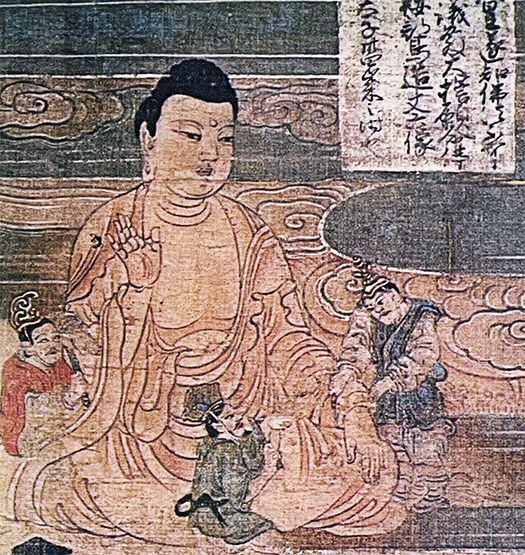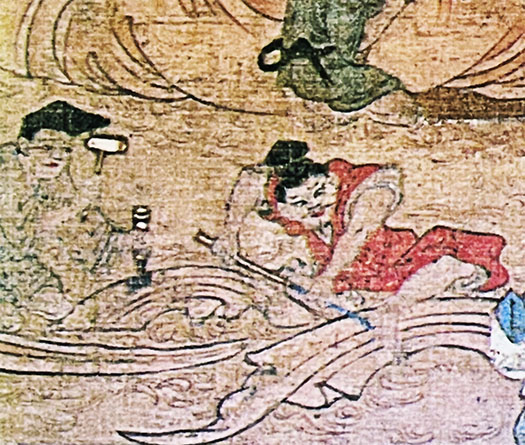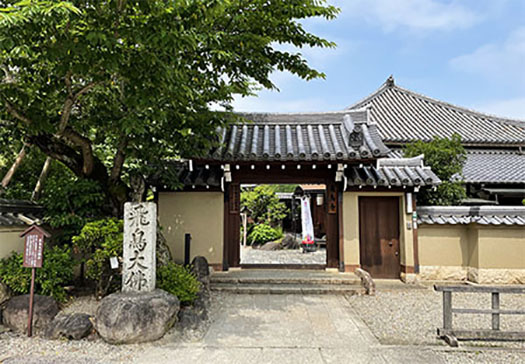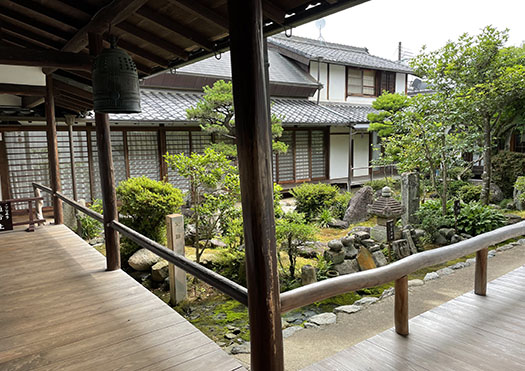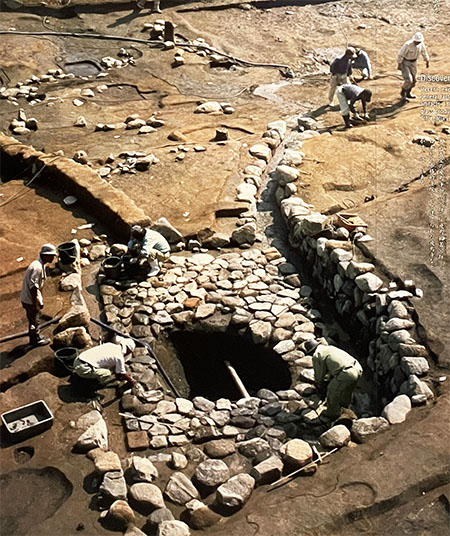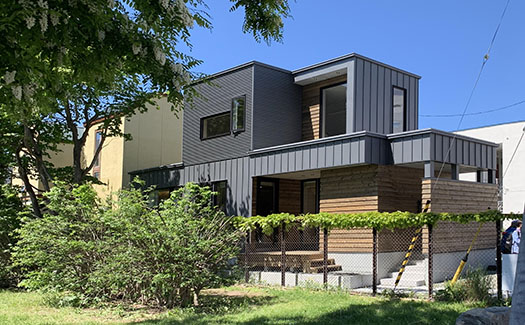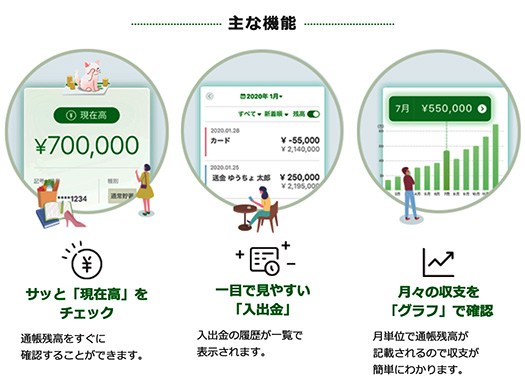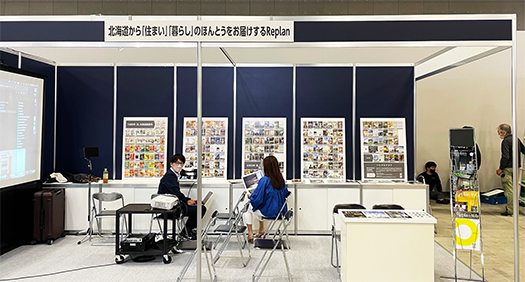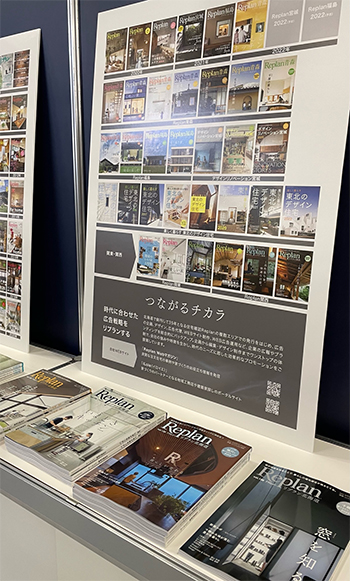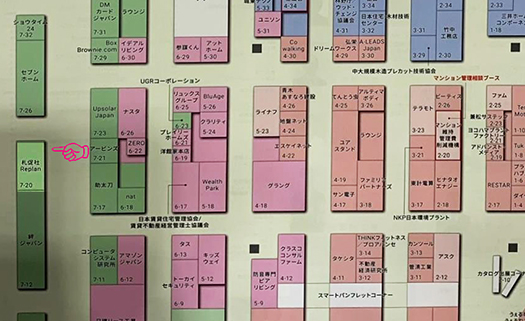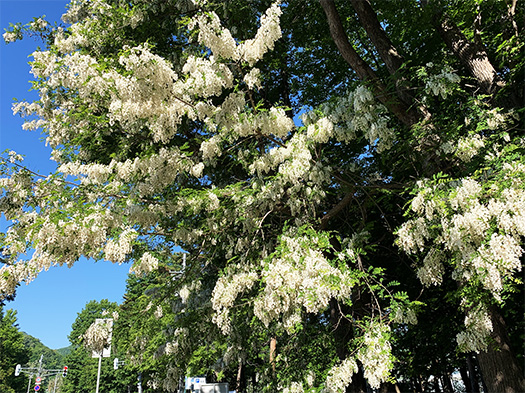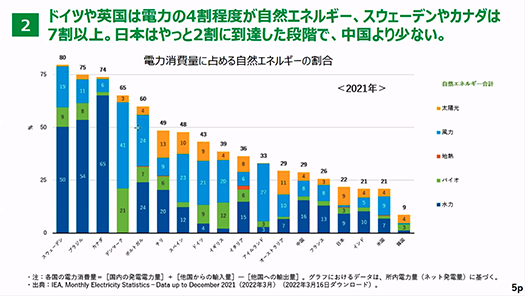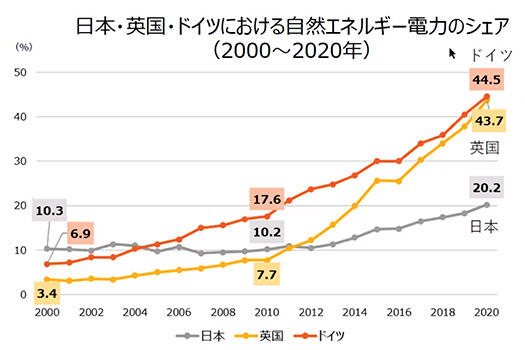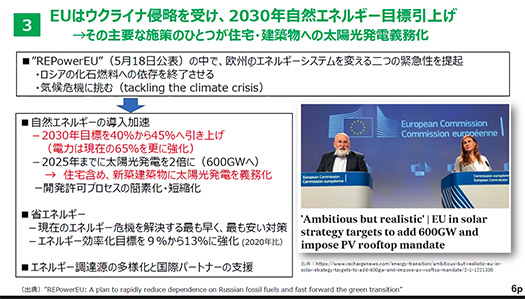
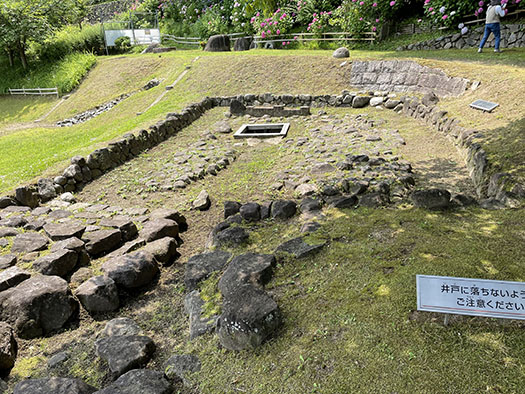
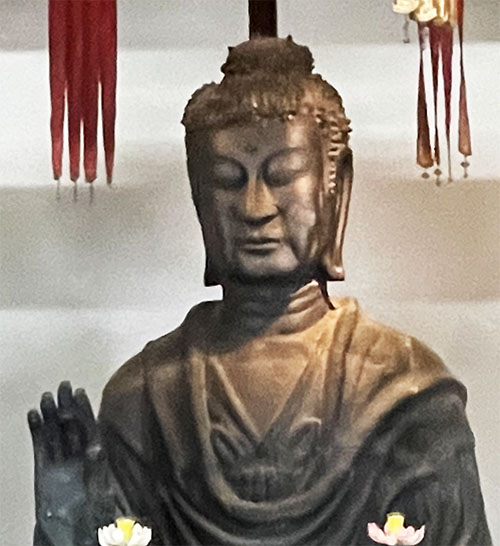
ことしは聖徳太子没後1400年ということだそうで、
なかなかかわいらしいイラストによる告知がされている。
飛鳥寺からは摂政であった太子と大臣・蘇我氏の関係性もうかがえる。
上の写真は現地を歩くと飛鳥寺とは指呼の間である飛鳥の池工房。
本当に歩いて数分、距離にしたら200-300mなので
今日の感覚で言えば、寺の隣に仏像制作工場が隣接している感じ。
なので飛鳥大仏制作責任者・鞍作止利は頻繁に工房と寺を往復していたに違いない。
権力中枢が深く関与する崇高な秘事・仏像制作風景というよりも
なにか牧歌的なものづくりプロセスを感じさせてくれる。
この時代の仏像工房がこの「池工房」だっただろうという
推測に基づいた考え方だけれど、この時代の最先端技術の集中的施設が
ここ以外に別に存在したと考えるよりも、より蓋然性が高いと思う。
そういえば飛鳥大仏を、完成した寺のなかに入れる段になって、
建築寸法と仏像本体に齟齬が発見されて止利仏師の機転で無事入れられた、
というような家内制手工業のような逸話も残されている。
仏教導入という日本の権力機構にとっての飛躍的事業の実質とは、
生々しい昔人の奮闘ぶりだったとまざまざと想起させてくれる。
仏像制作者たちと寺との距離がその程度であり、
また朝鮮半島から大工職人たちが最先端木造工法技術者として招かれ
この飛鳥寺建設にフルに従事していたというのだから、
この時代の生き生きとした仕事ぶりが立ち上ってくる。
棟梁クラスの半島大工職人の手下スタッフとして
日本人の大工さんたちも忙しく立ち働いていた光景が想像できる。
たぶん半島と日本ではコトバも通じていた可能性が高い。
聖徳太子の生年は574年2月7日とされ、
一方の飛鳥寺の創建は日本書紀では587年とされる。
そうすると、13-4才の多感な時期にこのような飛鳥寺建設に遭遇していた。
この時代の最先端、総力を挙げたプロジェクトがかれに植え付けたものはと
強く想像力を刺激されてならない。絵柄の年代もちょうど感。
飛鳥板蓋宮もここから歩いても十数分の距離感。
なにやら池工房での活発な金属加工そのものが日本国家を創成したような
そんな実感が強く胸に迫ってくるのですね。
わたしたちには現代国家という機構組織にどうしても
アナロジーして過去の国家の姿を類推する習慣が強いのだけれど、
本当に「家内制手工業」的に国家は作られた、みたいな感慨を抱く。
そんなことを妄想していたら、昨日は建築家の丸谷博男さんが来札されて、
夕方6時からたっぷり4時間ほど少人数で意見交換させていただいた。
氏は東京芸大建築の本流のような立場の方なので、
自然とこういう国宝的仏像制作の調査研究ということに話がつながった。
東京芸大では国の始原期の芸術作品についても現場的に立ち入るのだという。
「どうやって作ったのか」についても独特の話題が飛び出して痛快(笑)。
リアリティで盛り上がっておりました。また明日以降。
English version⬇
Asukadera Temple, “Ike Kobo” & Prince Shotoku Asuka Historical Testimony-4
Asuka Daibutsu and the vivid process of its creation, which the boy Prince Shotoku gazed at with a sparkle. The introduction of Buddhism and the atmosphere of nation building. …
This year is the 1,400th anniversary of the birth of Prince Shotoku.
The announcement with a rather cute illustration is on the website.
The Asukadera Temple also shows the relationship between the prince, who was a regent, and his minister, the Soga clan.
The photo above shows Asuka-no-ike Kobo, which is only a few minutes’ walk from Asukadera Temple.
It is really only a few minutes’ walk, or 200-300 meters in distance, so
In today’s sense, it is like a Buddhist statue production factory is adjacent to the temple.
Therefore, Kurusaku Tomotoshi, who was responsible for the production of the Asuka Great Buddha, must have frequently traveled back and forth between the workshop and the temple.
Rather than a scene of the production of Buddhist statues, a sublime and secretive matter in which the center of power is deeply involved, this is a scene of an idyllic manufacturing process.
The workshop of this period was called “Buddhist statue workshop”.
I am assuming that the “Pond Studio” was the Buddhist statue studio of this period.
It is my assumption that the “Pond Studio” was the Buddhist statue workshop of this period.
It is more probable than thinking that there were other facilities other than this one where the most advanced technology of this period was concentrated.
Come to think of it, when it came time to put the Asuka Daibutsu inside the completed temple, there was a problem with the dimensions of the building and the Buddha statue itself.
When it came time to put the Asuka Giant Buddha into the completed temple, a discrepancy was found between the dimensions of the building and the main body of the Buddha statue.
The story goes on to say that the Asuka Daibutsu was installed in the temple after it was completed.
The reality of the great leap forward for the Japanese power structure in the introduction of Buddhism is
The distance between the Buddhist statue makers and the temples is a long distance between the Buddhist temple and the people who made them.
The distance between the Buddhist statue makers and the temples was about the same.
Carpenters from the Korean Peninsula were invited to Asukadera Temple as the most advanced woodworkers and were fully engaged in the construction of Asukadera Temple.
and were fully engaged in the construction of Asukadera Temple.
The vividness of the workmanship of this period comes to the fore.
The Japanese carpenters were also busy working as the subordinate staff of the master carpenters of the peninsula.
Japanese carpenters were also busy working for the master carpenters of the peninsula.
It is highly likely that the Japanese and the Peninsula spoke the same language.
Prince Shotoku was born on February 7, 574.
The Chronicle of Japan states that Asukadera Temple was built in 587.
This means that he encountered the construction of Asuka-dera Temple at the impressionable age of 13-4.
What was the most advanced and all-out project of the time that stimulated his imagination?
The age of the paintings is also just the same. The age of the picture is also just the same.
Asuka Itabatagu Palace is only a ten-minute walk from here.
It seems as if the active metalworking at the Pond Studio itself created the nation of Japan.
Such a feeling comes to my mind strongly.
We cannot help but draw an analogy between the organization of the modern state and
We have a strong habit of making analogies with the past state by looking at the structure of the modern state.
I feel as if the nation was really created in a “cottage industry” style.
While I was thinking about this, architect Hiroo Marutani visited my bid yesterday and spent a full four hours with me from 6 pm.
We had a small group discussion from 6:00 pm for about four hours.
Mr. Marutani is a member of the mainstream of Tokyo National University of Fine Arts and Music’s architecture department.
The discussion naturally led to this kind of research and study on the production of Buddhist statues that are national treasures.
He told me that the Tokyo National University of Fine Arts and Music also conducts on-site research on artworks from the country’s earliest days.
The unique topic of “how they were made” was also discussed and painfully discussed (laughter).
We were excited by the reality. See you tomorrow and later.
Posted on 6月 23rd, 2022 by 三木 奎吾
Filed under: 日本社会・文化研究, 歴史探訪 | No Comments »


